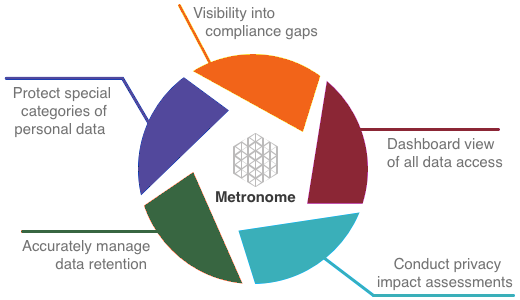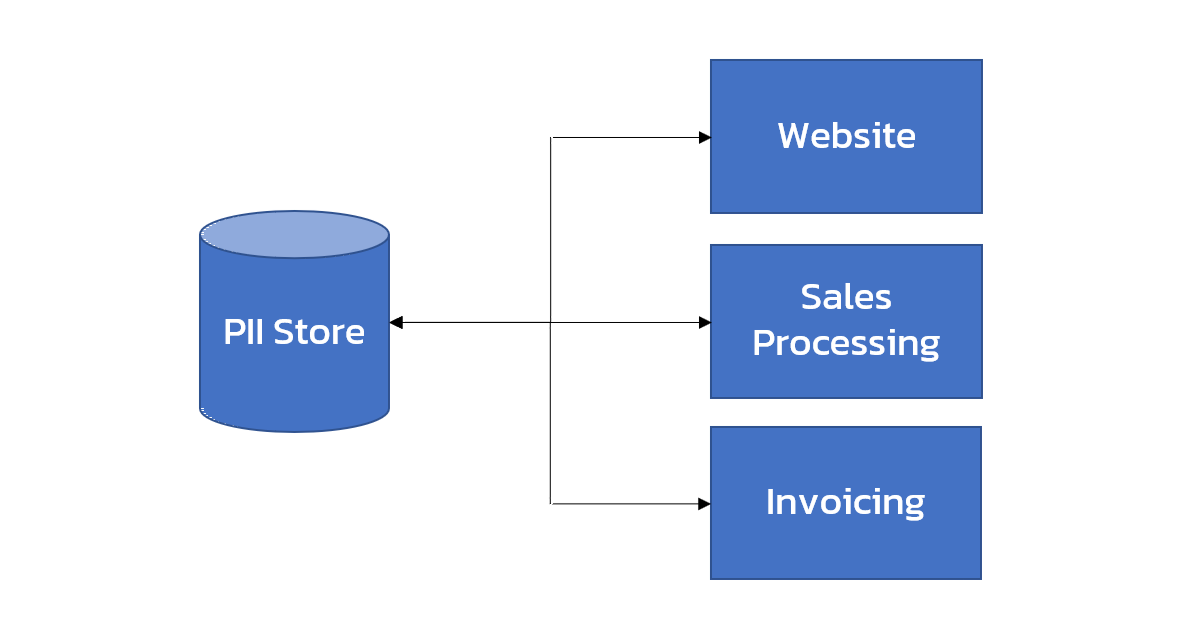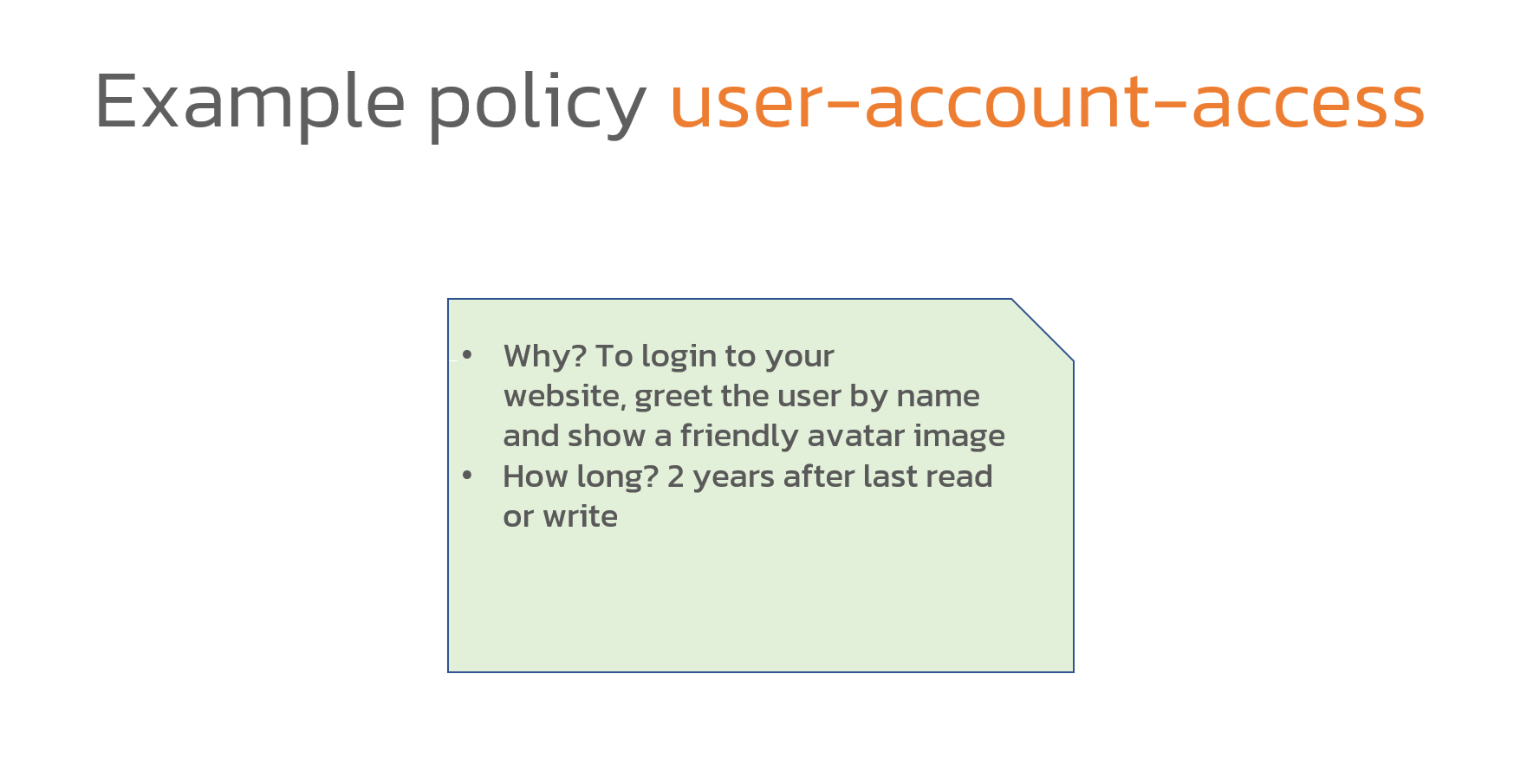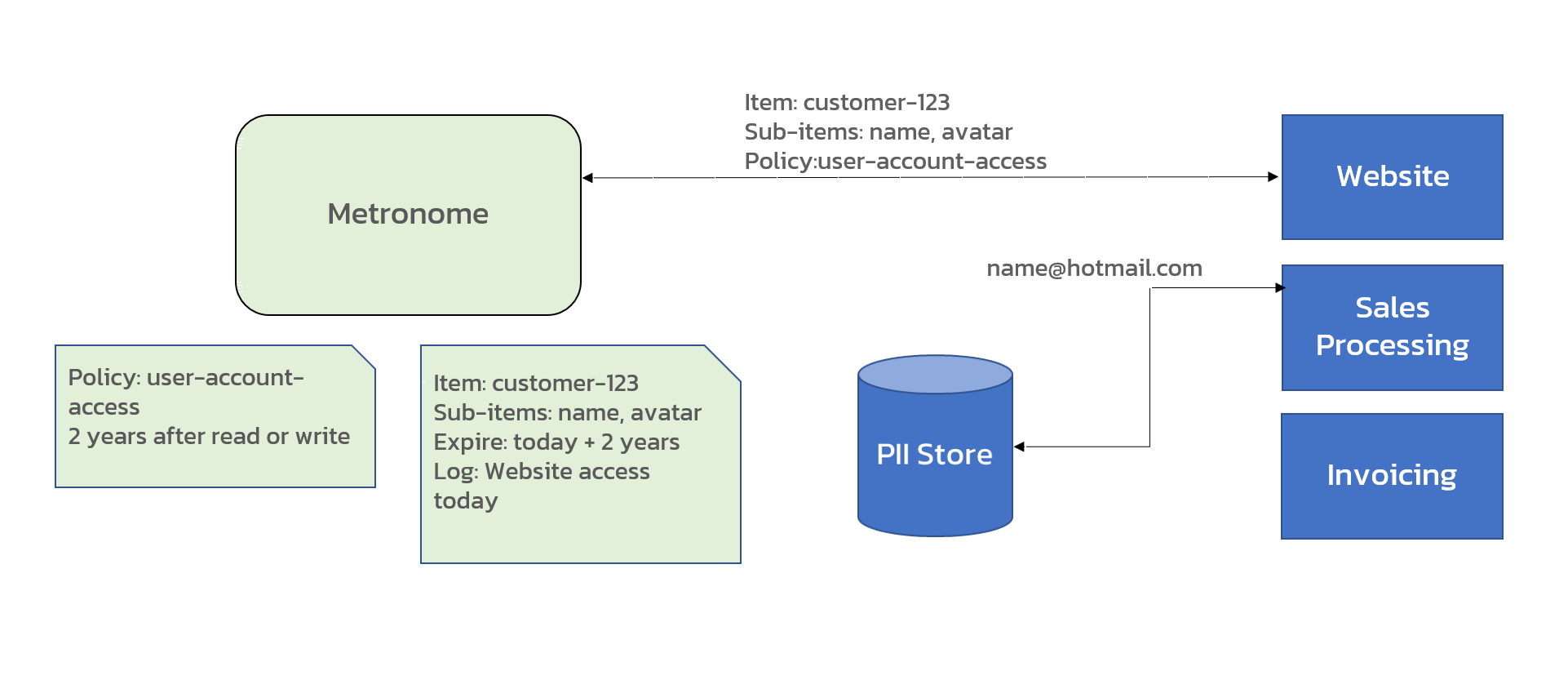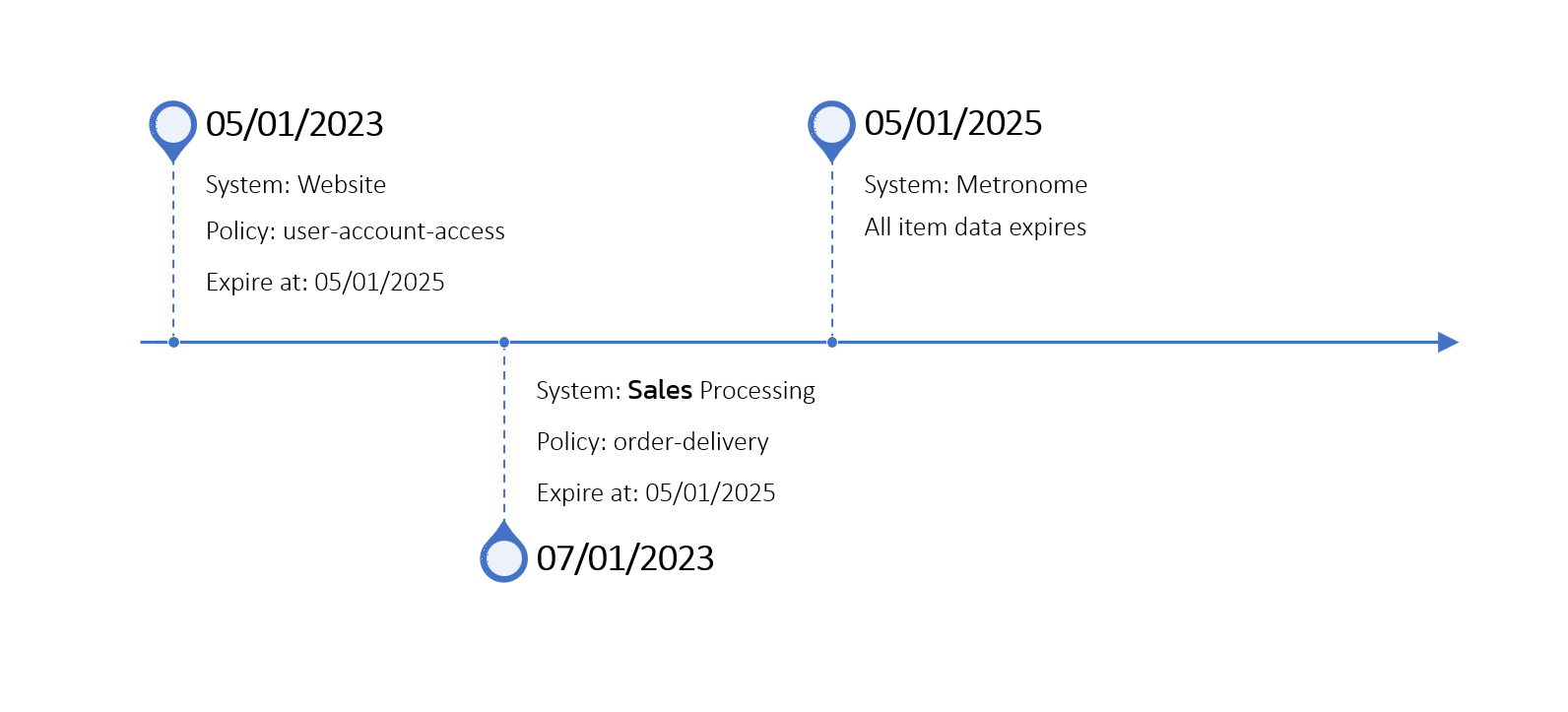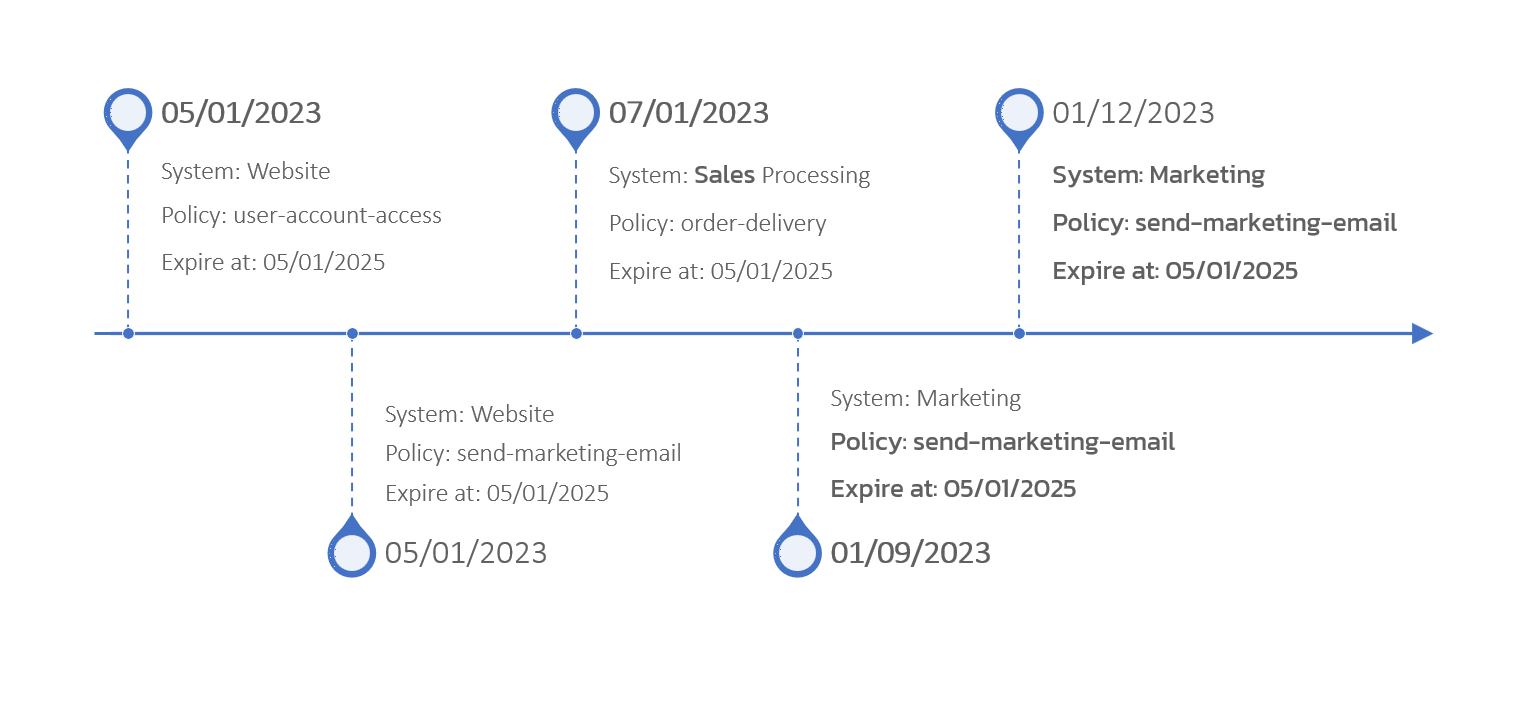Metronome
Our Metronome product is suitable for use by companies who develop software. As a software creator, you probably already store personally identifiable information (PII) in a central service or database, but you don't record the specific purpose for which the data was collected. By centralising your PII, you comply with some privacy law features but are very likely failing full compliance. Metronome augments your existing GDPR/CCPA/PIPEDA data store to understand how and why your business uses personal data, attaching the specific reasons for data access to each interaction. Knowing the reason for each data access, we coordinate how long PII should be retained and let you know when to expire data according to your own data policies, bringing you into full legal compliance.
